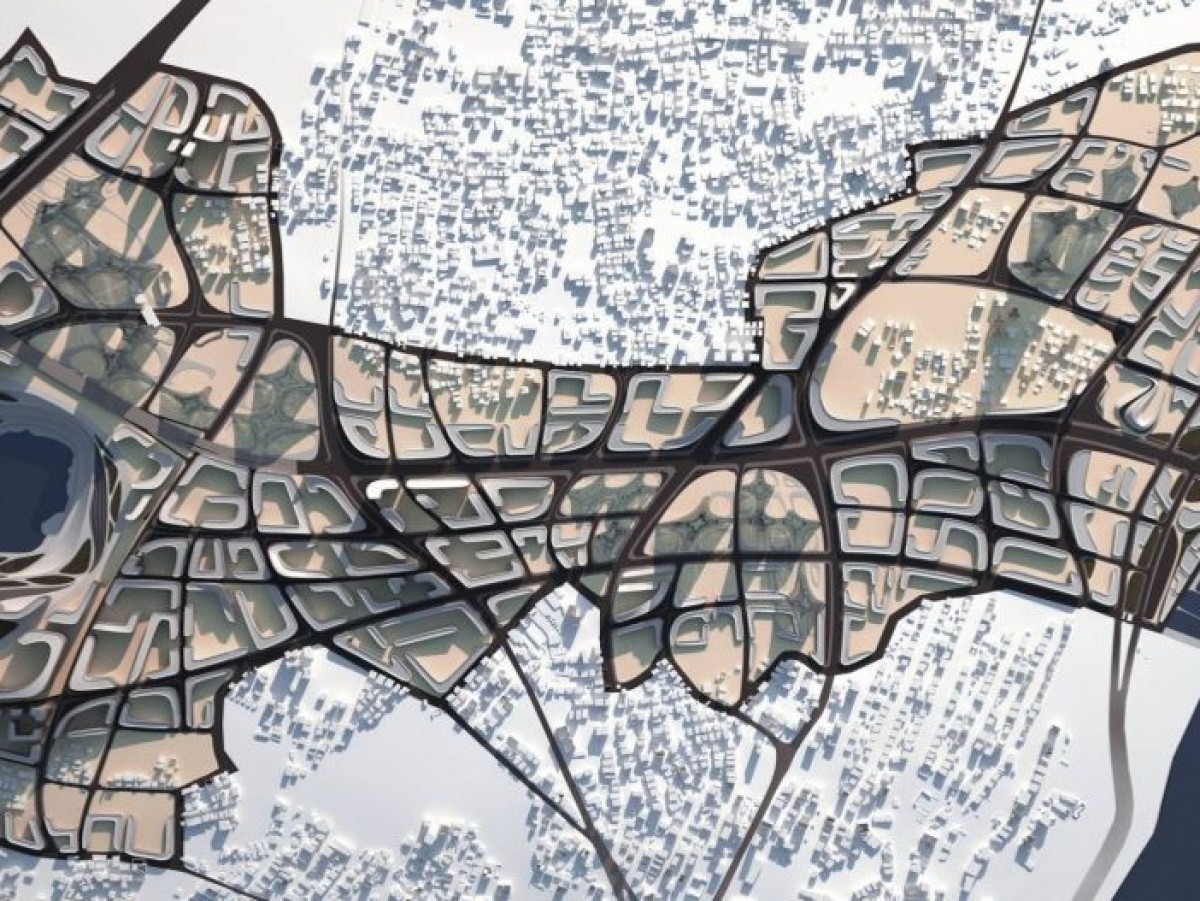The Impact of Office Spaces in Kartal Urban Transformation Project on Istanbul Office Stock


In my article published a few months ago, I talked about the commercial business districts where existing office buildings are concentrated and the main reasons for the problems in the existing districts. I underlined that in order to make Istanbul a world center in the new commercial business districts to be developed, it is necessary to choose districts that are supported by public spaces, have easy accessibility, will not have infrastructural problems and that qualified buildings to be built in these areas should be offered to the user.
Various problems in existing centers and the insufficient supply of land make the emergence of new regions inevitable. With the relocation of the industrial areas within the city, which have been dominated by industry in the recent past and currently, to the outskirts of the city, these areas will be transformed into metropolitan areas. This will hopefully lead to the emergence of areas where high-quality and brand-new buildings will be built. In these new areas, which will be developed as office districts, we may experience a transformation similar to the transformation experienced in Levent and later in Maslak, which may bring parcel-based solutions and a number of problems. It is possible to ensure the most planned and systematic progress of development through Urban Transformation Projects.
The most talked about urban transformation project in Istanbul is the Kartal Urban Transformation Project. The main purpose of the Kartal Transformation Project, which is closely followed by all actors in the real estate sector, is to build a new, planned and centralized office district in Istanbul. As everyone knows, a concept project competition was launched and the project selected by the famous architect Zaha Hadid has been accepted by the administrators. The qualified business areas to be created here will be supported by other urban facilities and will ensure the creation of qualified working environments.
The sine qua non for commercial business space is easy accessibility. Because one of the most important problems in the existing commercial business areas in Istanbul is that there are no alternative means of transportation that provide access to the business area, and that there are only one or two points of entry and exit to the areas in question. The most dramatic example of this situation is Levent, which is considered the heart of the city and where the highest office rents are paid, where distances that take a few minutes on foot take hours by car. With the lesson learned from this experience, the Kartal Transformation Project is supported by transportation. Transportation to the region can be provided by land, sea, and rail. Its proximity to Sabiha Gökçen Airport is also one of the important advantages of the region.
The “Kartal Urban Transformation” project, which we frequently discuss on various platforms, raises many questions in everyone's minds and the discussions go on and on. Such a project is a first for our country. Covering an area of approximately 550 hectares, the “Kartal Transformation Project” ranks among the top urban transformation projects in the world in terms of its size. Therefore, we will see the answers to some of the question marks about this project. However, the works carried out within the framework of the transformation project to cover the entire region will prevent us from experiencing the problems arising from planning mistakes at the parcel scale like in Maslak. In this way, real Class A business centers with international standards will also take their place in Istanbul.
Approximately 60% of the areas to be built are designed as commercial management areas. As a real estate developer whose specialty is office buildings, it is impossible not to be excited about the project. Considering that there is around 1.5 million m2 of Class A office space in Istanbul, Kartal alone will have approximately 2 times the current supply. For investors and developers, it is not only important to find developable land, but also the marketability of the developed real estate.
So, is there currently a demand that will be able to dissolve the office stock that will be created?
To answer this question, we need to look at the figures from another perspective. I would like to go over the statement that Istanbul currently has only 1.5 million m2 of Class A office space. Paris, which has a population very close to Istanbul's, has approximately 50 million m2 of Class A office space. Milan, with a population of less than 1.5 million people, has approximately 12 million m2 of Class A office space. These examples reveal that Istanbul lags behind other world trade cities in terms of office supply. It can be easily inferred that the office spaces to be developed within the boundaries of the “Kartal Urban Transformation Project” will contribute to a certain extent to bring Istanbul closer to other rival cities in the world in terms of Class A buildings.
To summarize, Istanbul is far behind other commercial cities in terms of the existing Class A office stock. For this reason, it is imperative to construct new buildings at international standards in Istanbul. Office districts cannot meet the current need and the need for new space is increasing day by day. For this reason, the development and change of the city is inevitable. In the “Kartal Urban Transformation Project”, the positive effects of planned development supported by transportation, infrastructure, and social environment and facilities
